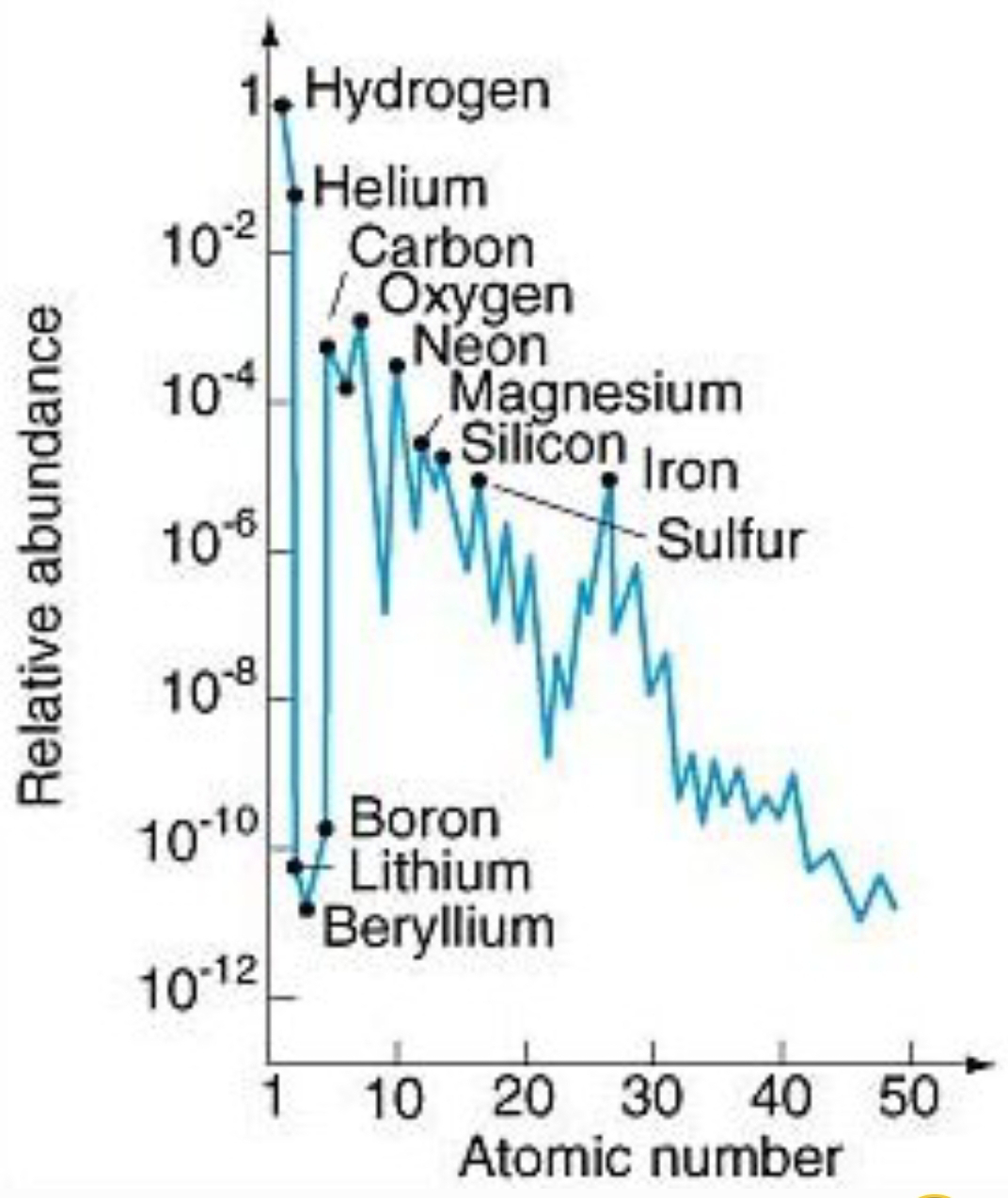The Abundance of Light Elements: A Cosmic Refutation of Young Earth Creationism
The observed abundance of light elements, particularly hydrogen and helium, in the universe serves as another compelling piece of evidence against the Young Earth Creationist viewpoint. This evidence, deeply rooted in the fields of cosmology and nuclear physics, supports a universe billions of years old, a timescale far beyond the thousands of years proposed by creationists.
Big Bang Nucleosynthesis and the Early Universe:
The prevailing scientific model, the Big Bang theory, describes the universe's origin as an incredibly hot, dense state that rapidly expanded and cooled. In the initial few minutes after the Big Bang, a process known as Big Bang Nucleosynthesis (BBN) occurred. During this period, the universe's extreme conditions allowed for the fusion of protons and neutrons, forming the light elements – primarily hydrogen, helium, and trace amounts of lithium.
Predictive Power of BBN:
The beauty of BBN lies in its predictive power. Given the initial conditions of the early universe, the theory precisely predicts the relative abundances of light elements that should have been produced. The observed abundances of these elements in the universe today remarkably align with these predictions, offering strong support for the Big Bang theory and its timeline.
Challenge to Young Earth Creationism:
Young Earth Creationism, proposing a universe created in a matter of days, faces an insurmountable challenge with these observations. If the universe were only a six thousand years old, there would not have been sufficient time for BBN to occur and generate the vast quantities of light elements observed today. Furthermore, the precise ratios of these elements, consistent with BBN predictions, further solidify the vast timescale required for their formation.
Stellar Nucleosynthesis and the Cosmic Cycle:
While BBN accounts for the initial production of light elements, stars play a crucial role in the ongoing creation and distribution of heavier elements. Through the process of stellar nucleosynthesis, stars fuse lighter elements into heavier ones, ultimately enriching the universe with elements essential for life. These heavier elements are then dispersed into the cosmos through supernova explosions, eventually contributing to the formation of new stars and planetary systems. This cosmic cycle of element creation and distribution underscores the immense timescales involved in the evolution of the universe.
Consistency with an Ancient Universe:
The observed abundance of light elements and the ongoing process of stellar nucleosynthesis are consistent with a universe billions of years old. The vast timescales required for these processes to occur, coupled with the precise ratios of light elements predicted by BBN, present a powerful challenge to the Young Earth Creationist viewpoint. The evidence points to a universe that has been evolving and expanding for billions of years, allowing for the formation and distribution of the elements we observe today.
Conclusion:
The abundance of light elements in the universe, along with the processes of BBN and stellar nucleosynthesis, offers a compelling refutation of Young Earth Creationism. The scientific evidence supports a universe that is billions of years old, a timescale incompatible with the creationist viewpoint. The precise ratios of light elements observed today, matching predictions from BBN, further solidify the vast timescales involved in their formation. The evidence speaks volumes, challenging the creationist perspective and underscoring the profound age and complexity of our universe.



Comments
Post a Comment